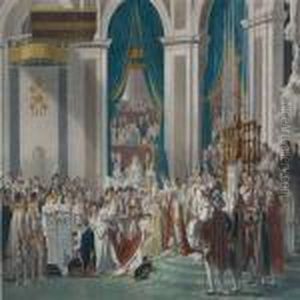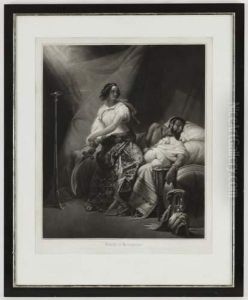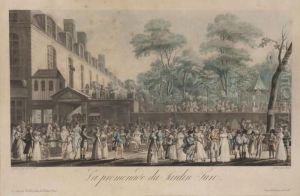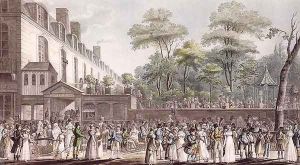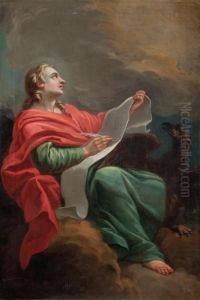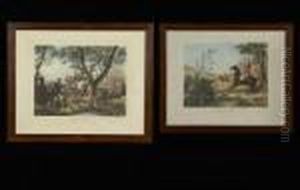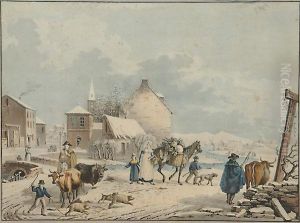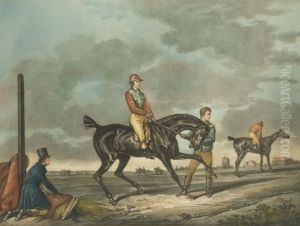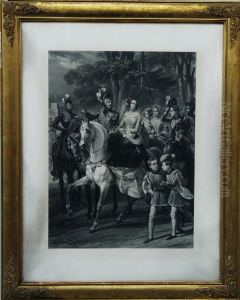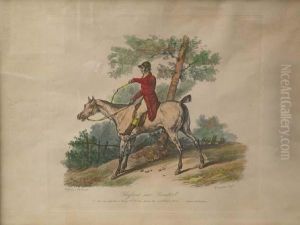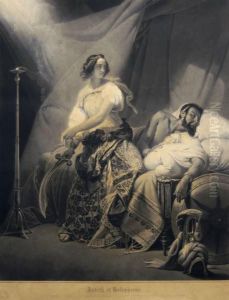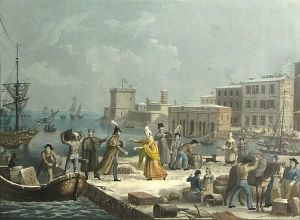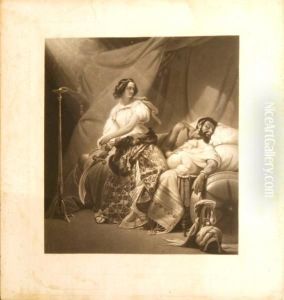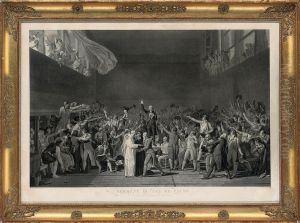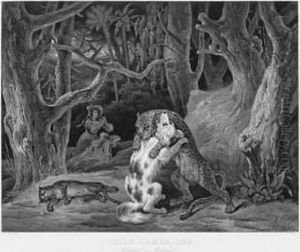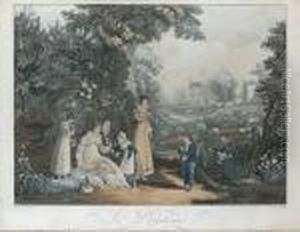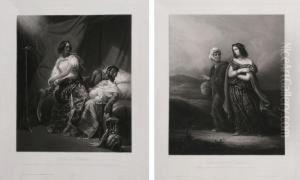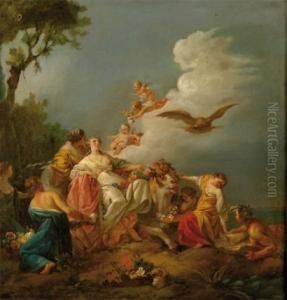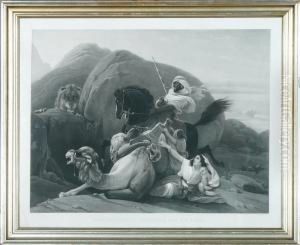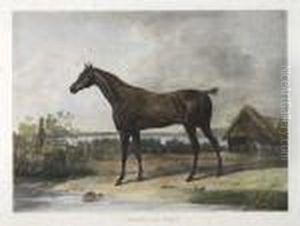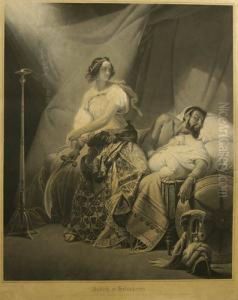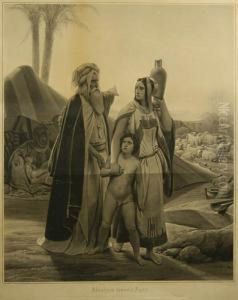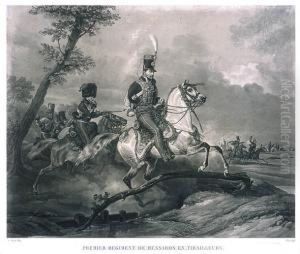Jean Pierre Marie Jazet Paintings
Jean Pierre Marie Jazet was a French engraver born on March 28, 1788, in Paris. He was the son of the engraver and printer Jean-Baptiste Jazet. Under the guidance of his father, Jazet was introduced to the world of art and engraving at a young age, which shaped his career as an artist.
Jazet is particularly known for his mastery of the aquatint process, a form of etching used to produce prints that have the visual effect of watercolor paintings. His works were often characterized by rich tonal gradations and a delicate use of color that was innovative for his time. Jazet's subject matter was diverse, including historical scenes, portraits, and genre scenes, reflecting the social and political climate of the era he lived in.
Throughout his career, Jazet collaborated with various painters, translating their works into prints. His engravings were widely appreciated for their quality and helped disseminate the works of contemporary artists to a broader public. In addition to his engravings, Jazet was also involved in the production of illustrated books, contributing to the visual culture of the period.
Jazet's engravings were exhibited at the Salon, the official art exhibition of the Académie des Beaux-Arts in Paris, where he received a second-class medal in 1810 and a first-class medal in 1824. His reputation grew, and he became a respected figure in the Parisian art world.
Throughout his lifetime, Jazet witnessed significant historical events, including the French Revolution, the Napoleonic Wars, and the revolutions of 1830 and 1848. These events influenced the art and culture of France, and Jazet's work provides a window into the aesthetic and historical context of the 19th century.
Jean Pierre Marie Jazet died on May 11, 1871, in Paris. Today, his engravings are held in various museum collections, serving as a testament to his skill and contribution to the field of printmaking.
